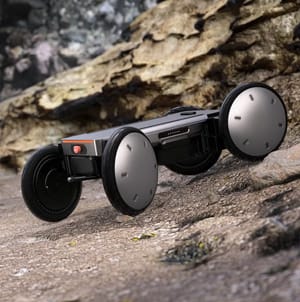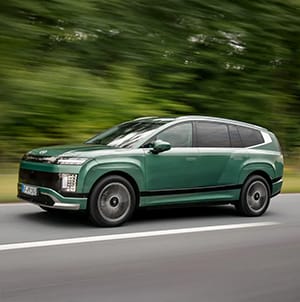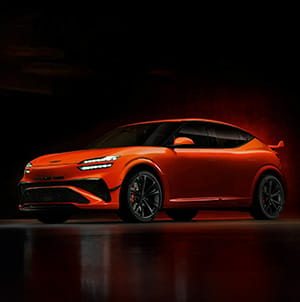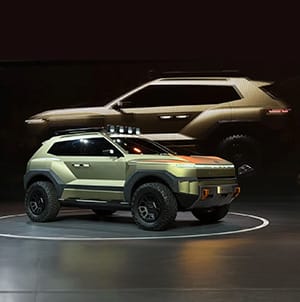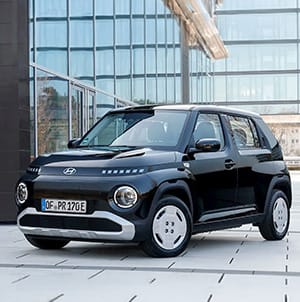Hyundai Worldwide Global Navigation
- Go to Global Distributors page
- KR
-
SearchRecommended search terms
Hyundai Motor Group (the Group) and Air Liquide today announced the expansion of their strategic partnership to accelerate the growth of the global hydrogen ecosystem.
Hyundai Motor Group (the Group) co-hosted the Hydrogen Council Global CEO Summit from December 2 to 4 in Seoul, Korea, bringing together about 200 global leaders and policymakers to set the strategic direction for the global hydrogen industry and accelerate its transition.
